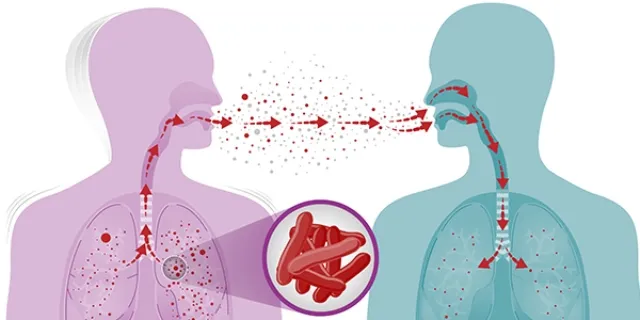Guyana’s Ministry of Health is significantly lowering the incidence of tuberculosis (TB) in the nation by providing comprehensive care and treatment for those who have the disease.
A handful of the ministry’s TB plan objectives have already been met, including the target of a 20 percent decrease in TB incidence, which will put the health sector on track to eradicate TB by 2030.
A new treatment plan for tuberculosis patients will soon be implemented, according to Dr. Jeetendra Mohanlall, Director of the TB Programme, during the most recent episode of the ministry’s “Health Matters” program.
At the moment, the Directly Observed Therapy (DOT) approach is being used to administer medications to patients.
This tactic is used to guarantee that TB patients follow the recommended course of action and can withstand it. For six months, a medical professional observes the tuberculosis patient as they swallow each dose of the recommended medications.
The revised treatment plan, which includes the usage of moxifloxacin and rifapentine, will soon be implemented.
“And you can achieve the same as the six months of therapy with just treatment for four months,” Dr. Mohanlall continued. Thus, we intend to implement that regimen at some point this year.
Utilizing this novel therapy will also result in a reduction in the co-infection rate with other illnesses, including HIV.
Additionally, it lessens the workload associated with monitoring patients’ pill-taking schedules and habits.
With a great deal of prevention, we have been able to reduce the burden of HIV co-infection over time. And in terms of prevention, we still have more work to do,” he said.
Dr. Mohanlall went on to provide more details about the introduction of new drugs for latent tuberculosis infection, which is caused by dormant, non-transmissible tuberculosis germs.
He noted that rifapentine and isoniazid combination pills, which the ministry recently obtained, will soon be included in treatment regimens.
This will lessen the amount of pills taken, just like the others. For 12 weeks, the patients will receive these pills once a week. At the moment, patients are simply taking one daily isoniazid medication to treat latent tuberculosis infection.
Patients will be able to better manage their disease by taking fewer pills and receiving shorter treatments if these ideas are put into practice. Dr. Mohanlall emphasized that this new regimen will streamline pill usage, much like current ways. These combination pills will be administered to patients once a week for 12 weeks; this is a significant improvement over the existing daily prescription of isoniazid pills for latent tuberculosis infection. (https://thecaribbeannewsnow.com/guyana-health-ministry-unveils-new-tb-treatment/)

















